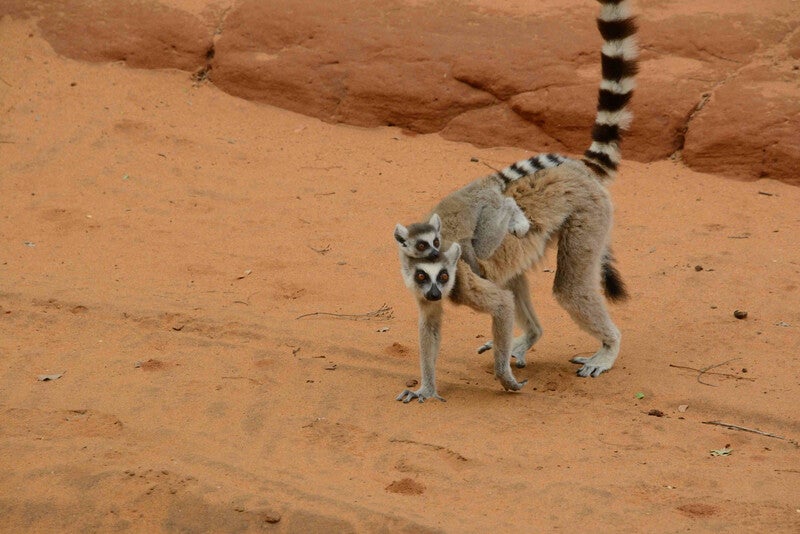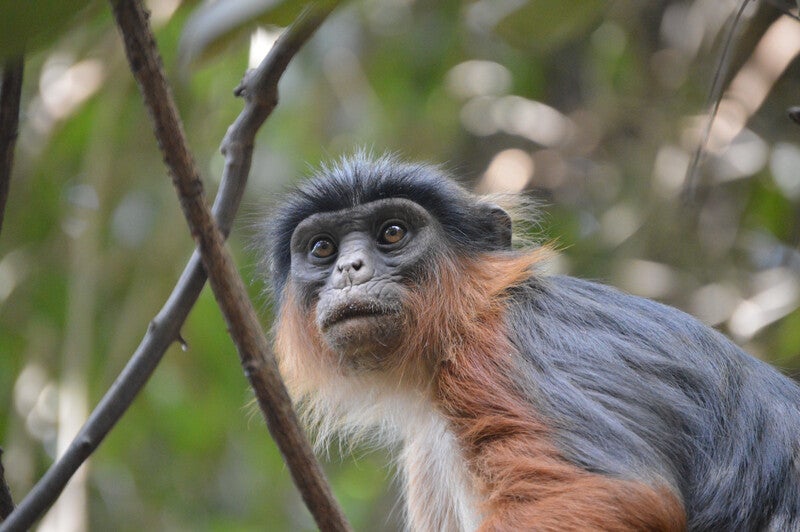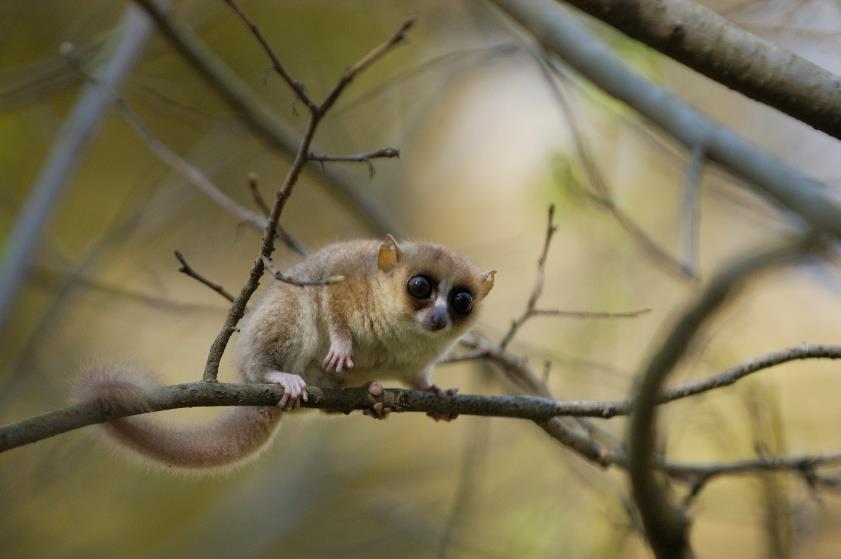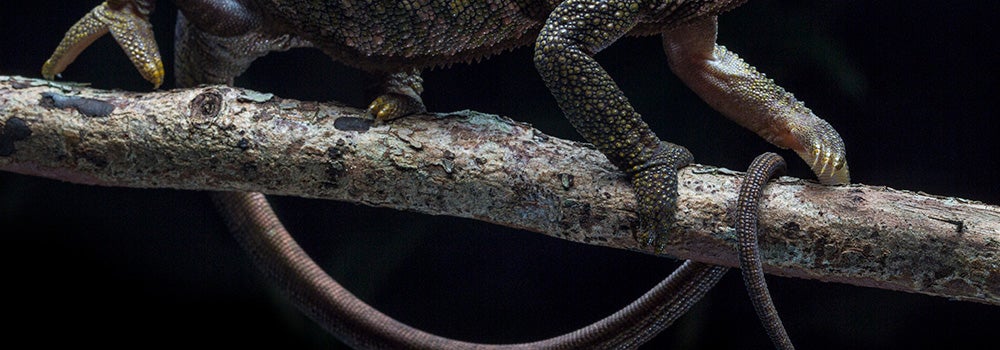Lemurs
DonateLeaping Lemurs Hold the Key to Biodiversity in Madagascar
Some lemurs dance. Some leap. And some just hang off a branch by their feet. Some lemurs weigh less than one tenth of a pound and others as much as 15 pounds. No matter the species or their quirks, there’s no doubt about it: lemurs are charismatic primates that are very effective at capturing our imagination and delighting us with their whimsy.
Many lemurs tend to live in female-dominated societies, use their teeth instead of fingers to groom, and are quite vocal. In fact, the Indri’s call has been compared to a sped-up version of the call of a humpback whale. For more than 60 million years, lemurs evolved in isolation on the island of Madagascar, free from competition from monkeys and apes, resulting in features that make lemurs remarkably different from these other primates.
Lemurs also play a critical role in the forests of Madagascar, the only home of all 107 known species, with a few species also found on the nearby Comoros Islands. Lemurs are also vital to one of the world’s top megadiversity countries and highest priority biodiversity hotspots on Earth. If lemurs that disperse large seeds go extinct, large-seeded plants—which are key to the health of Madagascar’s forests—would then be at risk of extinction because lemurs disperse the seeds of the plants throughout the island. A lemur extinction could also impact the livelihood of its human inhabitants. The island’s economy relies heavily on ecotourism, making its wildlife—especially the lemurs—its greatest asset. People all over the world travel to the “Red Island” to see these beautiful animals in their natural habitat.
And yet 95% of lemur species are threatened with extinction, making them the most endangered primates in the world. Thirty-three species are Critically Endangered and 103 are threatened with some level of extinction. Lemurs are in danger of becoming extinct as the result of a variety of threats, including widespread destruction of their tropical forest habitats from slash-and-burn agriculture, illegal logging, charcoal production and mining. Research also indicates that hunting of these animals for food and live capture for pets has emerged as a serious threat to at least 42 lemur species.
The Re:wild Solution
In response to the decline of lemurs across Madagascar, Re:wild has worked with the Margot Marsh Biodiversity Foundation, Mohammed bin Zayed Species Conservation Fund, and the IUCN Save Our Species Lemurs fund to protect and secure lemur populations by supporting ecotourism, local conservation initiatives and anti-poaching efforts. Through the Lemur Conservation Action Fund, Re:wild and the IUCN provide grants that focus on improving the status of threatened lemurs.
Ecotourism, in particular, is an important tool for the conservation of Madagascar’s lemurs. It provides income to local people and encourages the creation of local community reserves. Re:wild prioritizes supporting ecotourism efforts throughout Madagascar. The Re:wild-supported Madagascar Biodiversity Partnership is also focusing on wildlife crime prevention and reforestation efforts in the last remaining habitat for the Critically Endangered Northern Sportive Lemur.
In addition to partnering on various critical conservation efforts in Madagascar, Re:wild supports efforts with Red List assessments for Madagascar lemurs, helping to ensure that the conservation community understands the threats to each species and the measures that need to be taken in order to prevent any of the species from going extinct.






